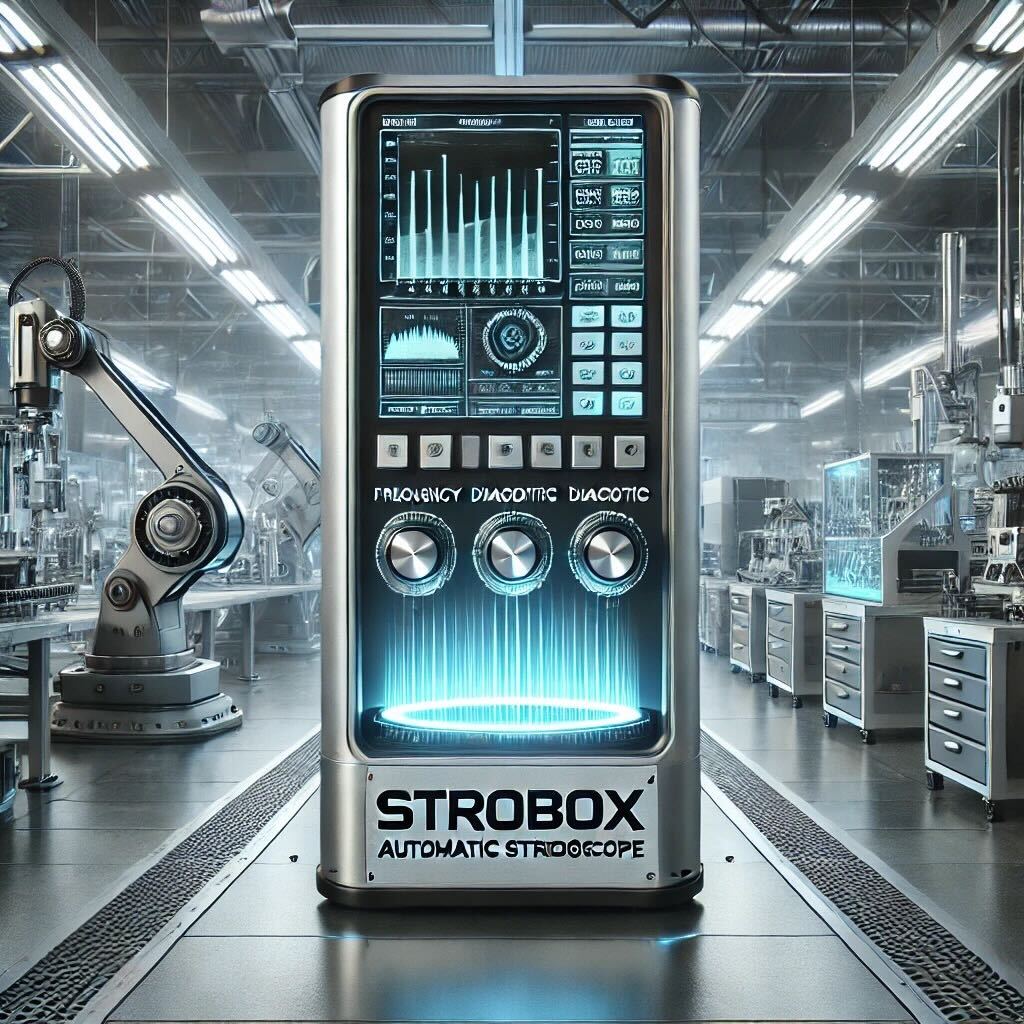StroboX for Railway Infrastructure Maintenance
StroboX Use for Predictive Maintenance of Railway Systems

Challenges in Railway Infrastructure Maintenance
01
Ensuring the reliability and safety
Ensuring the reliability and safety of high-speed rail transport (operating speeds up to 300 km/h for high-speed trains).
02
Detecting potential failures.
Detecting early signs of wear and potential failures in moving parts.
03
Reducing unexpected repairs
Reducing maintenance costs and operational downtime.
StroboX Solution
StroboX determines the speed of moving rail components, uses stroboscopic imaging to visually stop the movement, and employs AI to compare real-time images to expected operational standards. This allows for early detection of issues and potential failures while the railway systems are operating at full speed.
Key Features and
Integration Potential

Automatic Speed Detection
Measures and adapts to the speed of rail components.
Stroboscopic Imaging
Captures clear images of moving parts.


AI Analysis
Identifies wear, misalignment, and defects by comparing images to standards.
Integration with Railway Management Systems
Seamless compatibility for continuous monitoring and predictive maintenance.


AI Analysis
Feature:
Early detection of wear and potential failures.
Benefits:
Enhanced rail safety, reduced downtime, and lower maintenance costs.
Challenges and Considerations
- Ensuring compatibility with various types of rail systems.
- Training personnel for effective use and maintenance.
Market Potential
The rail transport industry’s emphasis on safety and reliability supports the adoption of advanced predictive maintenance solutions like StroboX for railway systems.